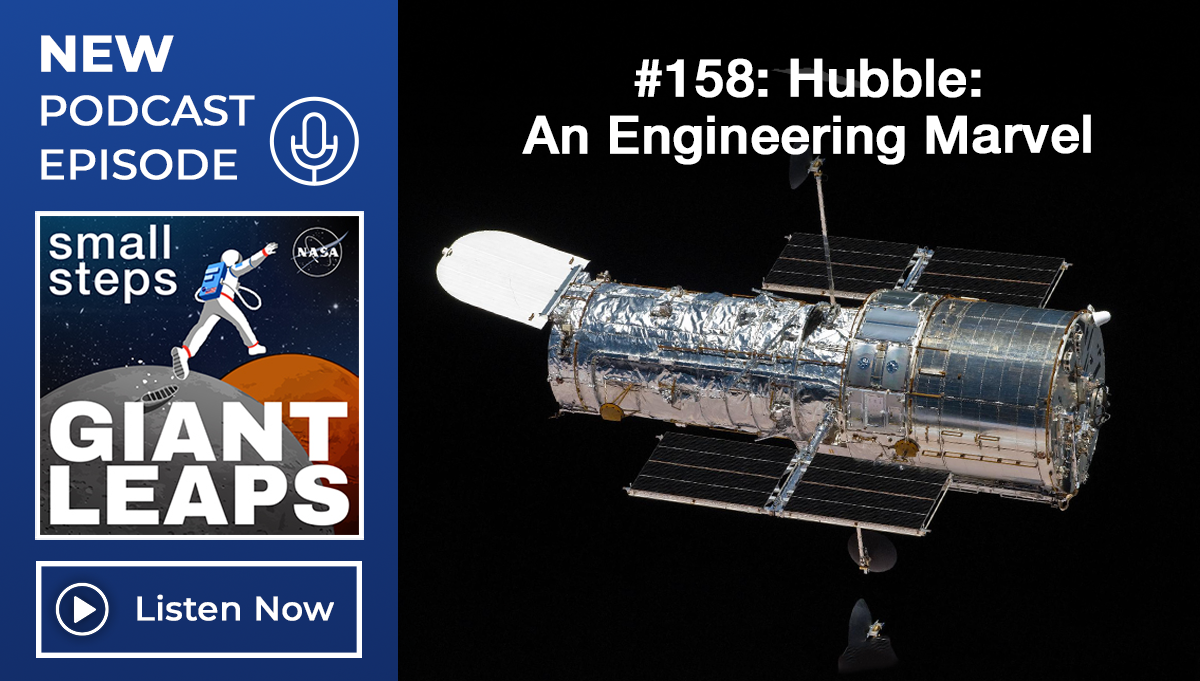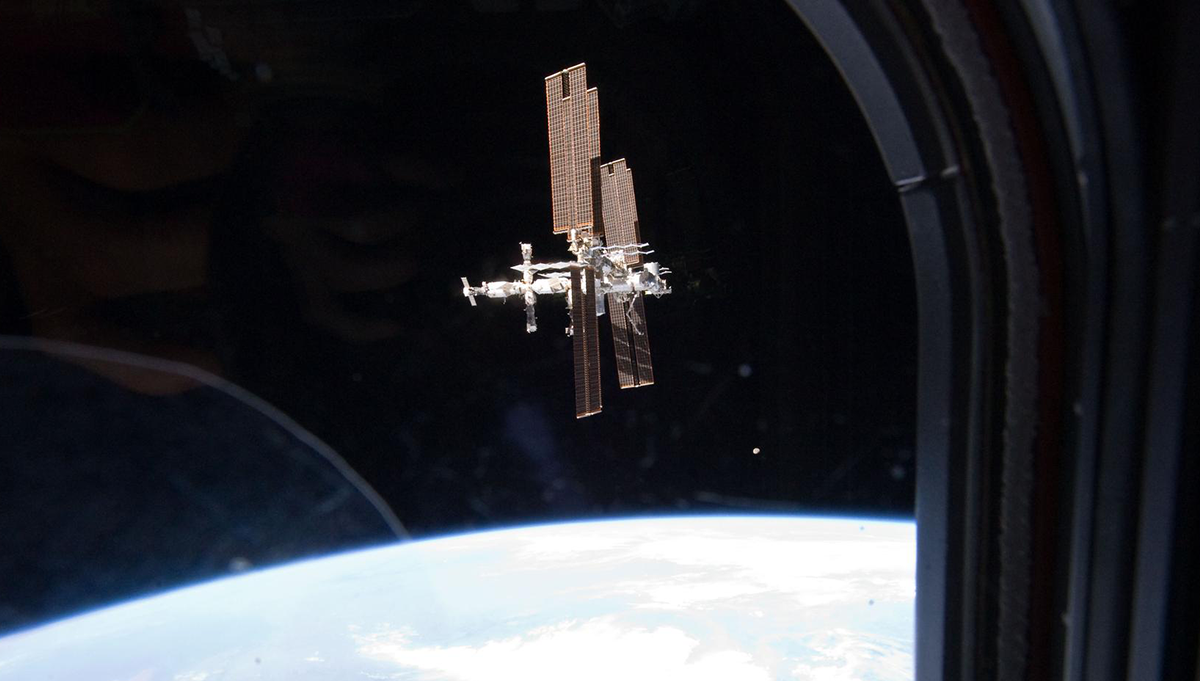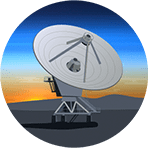By Ed Hoffman Throughout the past year, I have seen organizations, leaders, and managers wrestle with challenges brought on by economic, political, technological, and organizational change.
Organization: HQ
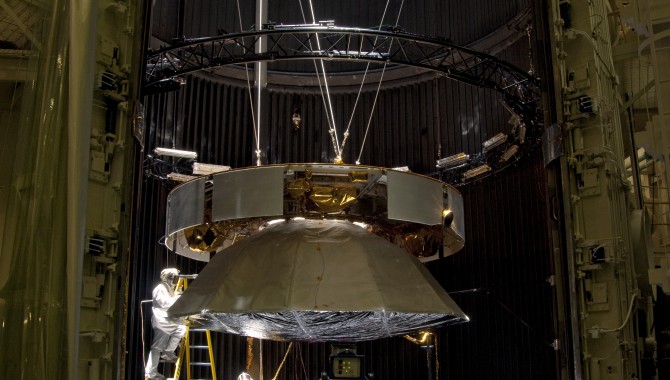
By Richard Cook One of NASA’s great strengths over the past fifty years has been our ability to execute complex, one-of-a-kind projects.
May 10, 2011 Vol. 4, Issue 3 Master practitioners shared their stories and lessons learned from their work on the Space Shuttle, International Space Station, and Constellation programs at Masters Forum 20.
May 10, 2011 Vol. 4, Issue 3 Young professionals from NASA and academia shared their experiences and perspectives at Masters Forum 20.
May 10, 2011 Vol. 4, Issue 3 Leaders from NASA, the White House, and industry tackled the challenge of organizational sustainability.
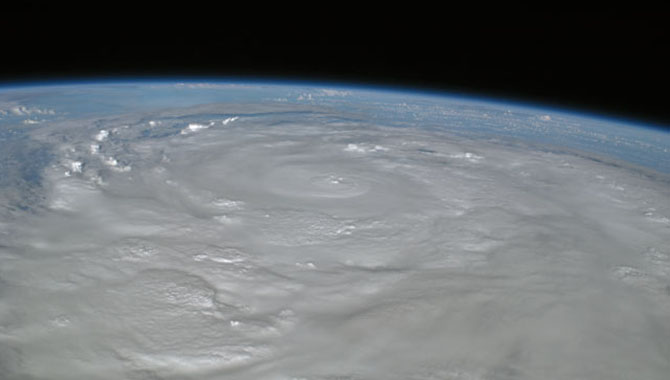
May 10, 2011 Vol. 4, Issue 3 Operating the International Space Station under normal circumstances is challenging. Doing it during the third costliest hurricane to hit the United States is another story.
May 10, 2011 Vol. 4, Issue 3 Government, industry, and academic partners explored the topic of effective learning in organizations at the Academy’s fourth knowledge forum.
May 10, 2011 Vol. 4, Issue 3 If you ever feel like a mad scientist who can produce game-changing inventions, but can’t seem to find your wallet, a wiki may help you get things in order.
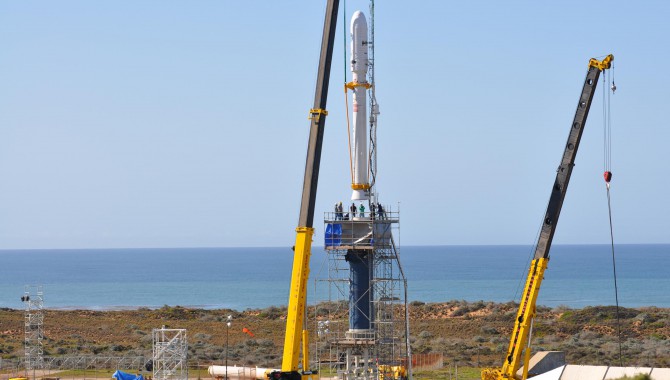
May 10, 2011 Vol. 4, Issue 3 OCO-2 demonstrates that there is a way to bounce back from failure and forge ahead with the mission.


